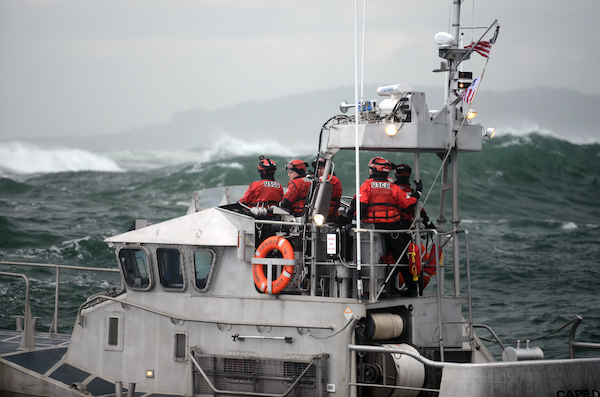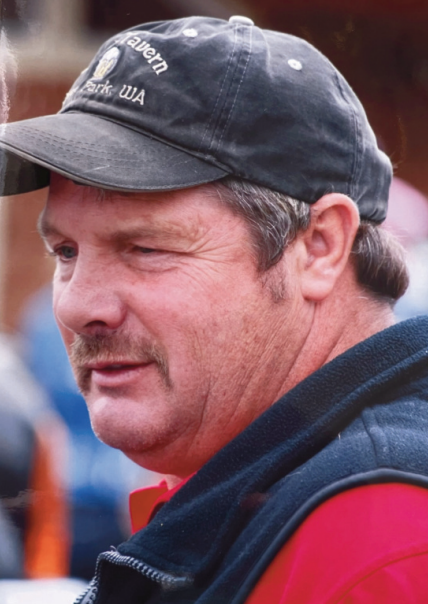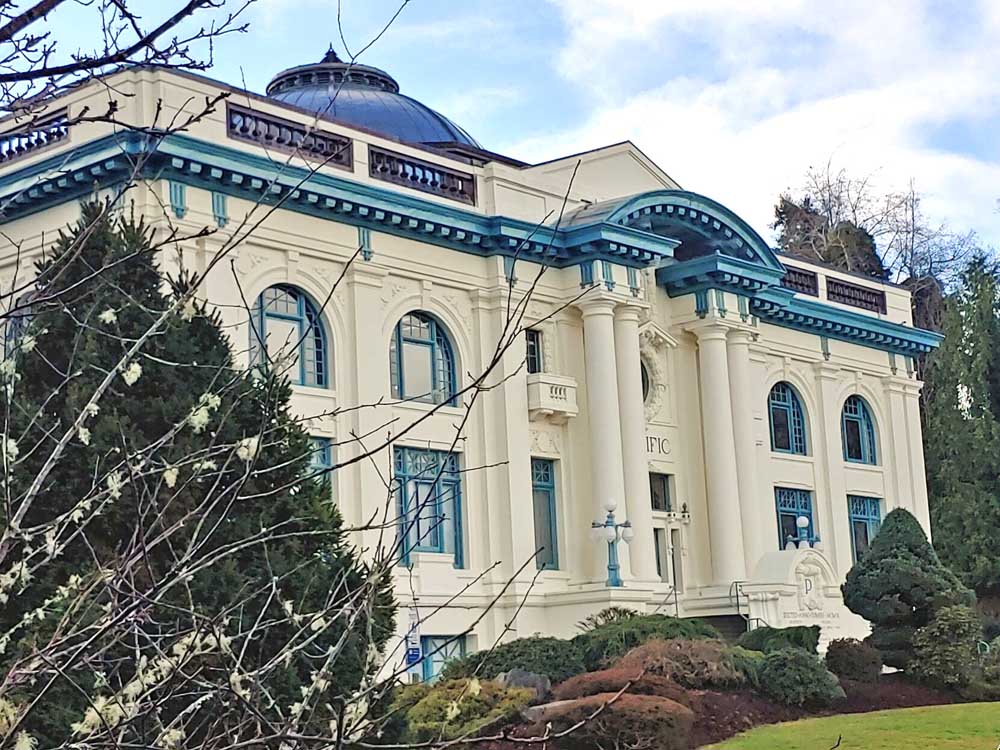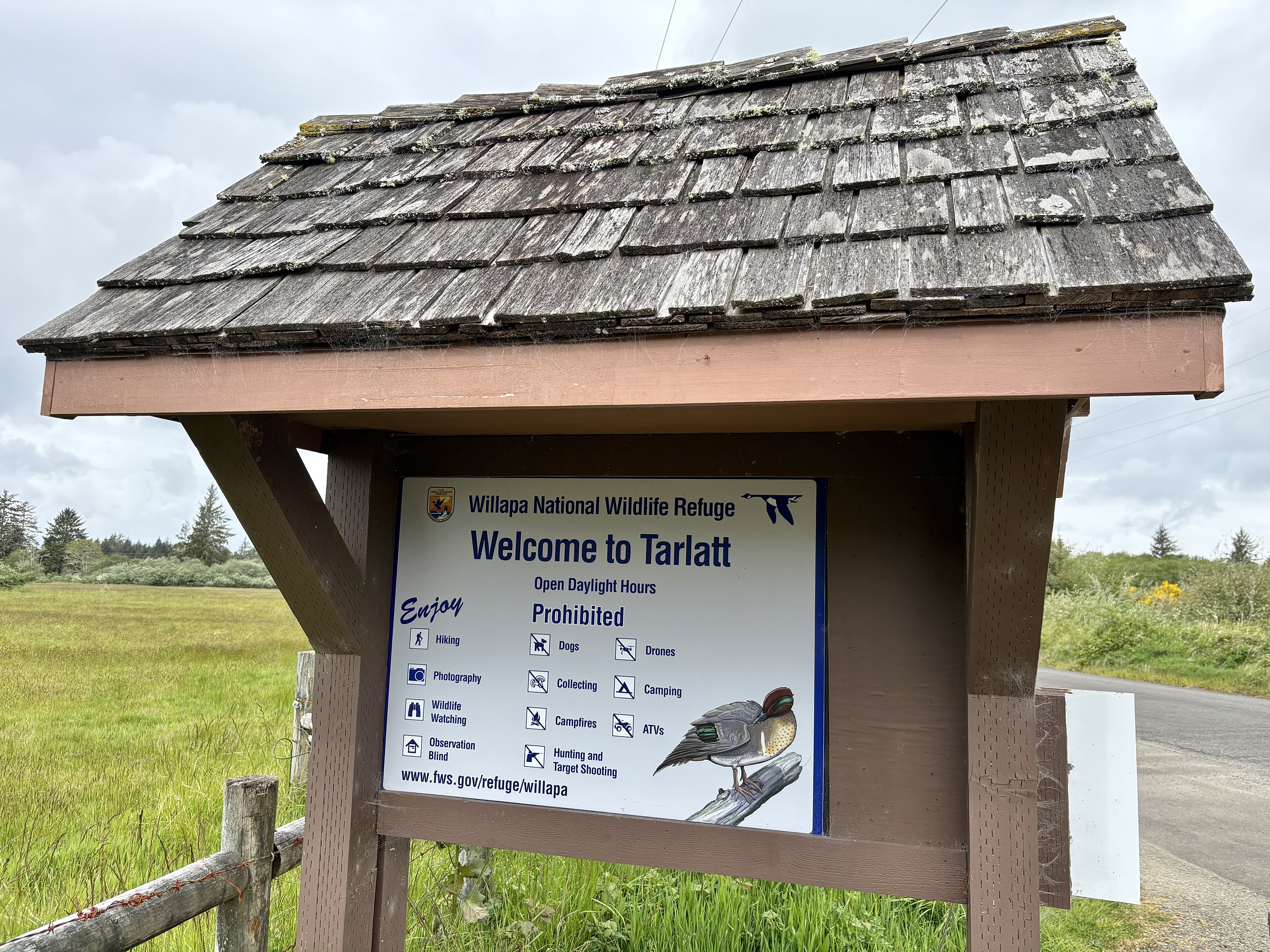‘This Nest of Dangers’: ‘Hell-for-stout’ vessels to the rescue
Published 8:09 am Tuesday, April 1, 2025
U.S. Coast Guard at Cape Disappointment, Part 1
After the awful sinking of four boats and the death of seven men in the 1961 Mermaid/Triumph catastrophe, the local maritime scene ebbed into relative calm. (Until, that is, the sinking of the charter boat Pearl C in 1976, but that’s another story.)
In the meantime, the U.S. Coast Guard had been busy redesigning its heavy weather motor lifeboats. Construction of the new prototype boat, CG-44300, began in April 1961. This 44-foot steel-hulled boat was equipped with powerful, sturdy twin diesel engines; it was launched in February 1962.
The vessel was built “hell-for-stout,” a seaworthy boat of great strength meant to quickly self-right and self-bail the water from boarding seas. It was a draft-horse of a vessel, and it was classic. (However, this draft horse was no quarter horse — it was slow.)
Trending
CG-44300, the first one, served the Coast Guard station on Yaquina Bay, Oregon, for 20 years and in July 1981 was assigned to the maturing National Motor Lifeboat School at Cape Disappointment. The boat worked there for another 15 years and, following devastating damage to the engines, was loaned to Astoria’s Columbia River Maritime Museum where, as of 2025, it is on dramatic display in the front window.
Surfmen school launched
Following that 1961 sinking of the Coast Guard’s flagship lifeboat Triumph, the Service began to work out how to use the sometimes-fearsome waters at Cape Disappointment as a training school for Surfmen, the specialized Coast Guardsmen schooled to handle lifeboats in the roughest of waters.
In 1968, the school was begun simply, with surfmen of the Oregon and Washington coasts comparing notes and teaching each other. As it grew, the school developed a curriculum and began employing a specialized teaching staff.
In 1980, it was christened the USCG National Motor Lifeboat School. It draws Coast Guardsmen and -women from across the country, and sometimes from other nations, to learn lifeboat handling in our wild waters.
Rough water
The huge Columbia River system drains a corner of North America approximating the size of France. At the river’s mouth, its waters are funneled by enormous rock jetties into a bar six miles long and three miles wide. From that bar, the waters blast out into the ocean.
Close-in offshore, the sea floor drops substantially and abruptly at the Astoria and Willapa canyons, compounding incoming waves of energy traveling from half an ocean away. Add a nasty North Pacific winter storm’s wind waves to the ocean’s surface, and you can have mountainous and violently confused ship-killing seas.
Trending
All of this makes an excellent training ground for a premier rough-water training school.
Radio broadcaster Joanne Rideout of Astoria’s independent station KMUN, in her “Ship Report,” has for years taught us the truth of our maritime surroundings. In the “Ship Report” of Feb. 14, 2023, Rideout quotes the centuries’ old marine insurer Lloyd’s of London and their classification of the Columbia River Bar as “the most dangerous River entrance in the world.” (The internet address for that episode is tinyurl.com/Ship-Report-Bad-Weather).
Terrible episode
A terrible episode in 1977 served to reshape the U.S. Coast Guard’s fleet and protocol at Cape Disappointment. On a dark evening in mid-November, USCG Utility Boat 41332 left the station for a navigational training session on the Columbia River Bar. Rough water was showing well inside that stretch of water.
Soon, amidst the white water, a 15- to 20-foot breaker caught the steel-hulled, non-self-righting utility boat, capsizing it and trapping a ten-man crew inside it. The ebbing tide pulled the vessel out to sea, upside down. Seven men were rescued that night. Three died.
“Cape Disappointment Coast Guardsman BM2 Steven L. Salo received the Coast Guard’s highest peacetime medal for heroism from Adm. John B. Hayes … [The citation, reported by the Chinook Observer on May 24, 1979, reads:]
Petty Officer Salo is cited for extraordinary heroism on the evening of November 15, 1977, when he assisted in the rescue of six Coast Guardsmen from drowning near the Columbia River Bar, Washington. Petty Officer Salo was serving as a student crewmember on board Utility Boat 41332 when it capsized during a night navigational exercise.
Overcoming the initial shock of being capsized and trapped inside the hull of the boat, Petty Officer Salo helped calm the crew and identify those present and missing. He then helped clear debris floating among the survivors, took inventory of the survival equipment on hand, and began planning a rescue route.
After effecting his own escape, Petty Officer Salo proceeded to encourage the remaining crewmen to make their escape by yelling to those still inside and again describing in detail the escape route.
Upon the arrival of a Coast Guard helicopter, Petty Officer Salo, with complete disregard for his personal safety, grabbed the rescue basket six times, accepting the static electric shock each time, and assisted his fellow crewmen into it, despite surging 18-foot breakers.
With the other survivors safely in the helicopter, Petty Officer Salo, suffering from the onset of hypothermia and with no-one to assist, was then hoisted to safety.
That episode appears to have helped the Coast Guard understand that the utility boat, while perfectly serviceable in less tempestuous waters, did not belong at the Cape Disappointment heavy weather station.
More assets
The Coast Guard’s response to these tragedies was to case-harden its resources at the mouth of the Columbia River.
In August 1964 the Coast Guard established its Air Station Astoria at Tongue Point, later at Warrenton; it originally flew two Sikorsky HH-52A helicopters in search-and-rescue missions. As time passed, other, different helicopters were put to work saving lives, and in the mid-1990s the Rescue Swimmer Program was developed.
The Aids to Navigation USCG division is housed at Tongue Point. Its crew and buoy tender are charged with maintaining buoys and signage defining the shipping channel.
A 210-foot-long cutter, or two, stationed in Astoria at the foot of 17th Street are primarily for law enforcement.
(Television’s “Danger” channel occasionally runs the programs “Coast Guard Cape Disappointment,” “Coast Guard Alaska,” and “Coast Guard Miami,” all of which clearly illustrate the cooperation among lifeboats, helicopters and rescue swimmers.)
47-footers
Late in the 1980s, the editor at the Chinook Observer assigned me the happy task of creating a special newspaper section celebrating the 200th Anniversary of the U.S. Coast Guard. In the course of that work, I interviewed then-commandant Lt. Michael Monteith of Cape Disappointment. Among the many things he discussed was the development of a new 47-foot-long motor lifeboat, which looked like “a cross between a running shoe and a Winnebago.”
The 47-foot Motor Lifeboat was carefully designed to upgrade the life-saving work of the 44-footer. It was built to withstand hurricane-force winds of 60 mph and breaking seas of perhaps 20 feet. If capsized, the boat will right itself in a handful of seconds. It’s built of rugged marine-grade aluminum with a planing hull. It can be operated from four different locations on board; its electronics are state-of-the-art. Like its predecessor 44-footer, the 47-footer seems indestructible, only more-so.
This is a fast, easily maneuverable boat with plenty of room for survivors plucked from the water, with the heart to tow disabled vessels long distances.
Since the late 1990s, the 47-foot Motor Lifeboat has been the standard training tool at the National Motor Lifeboat School. Together with the carefully designed “wetsuit” type bright orange Mustang work suits that protect crew members finding themselves in the numbing 40-something degree waters of Cape Disappointment, the students are adequately prepared to go face the waves and learn how to save lives efficiently.
The school trains perhaps 150 students annually. The “Heavy Weather Coxswain Course” is the backbone of the training, and those who successfully complete it are qualified as Surfmen to face the watery hell out Cape D’s front door. (Don’t be deceived by the term “surfmen”: every so often a USCG woman earns her Surfman qualification.)
Famous school
Because of its dramatic uniqueness, the National Motor Lifeboat School attracts journalists looking for a great story. Sometimes the resulting articles are cracker-jack: two from the internet that you might enjoy are BoatUS Magazine of December 2014 and the New York Times of February 18, 2023. (Another excellent article, by Michael Parfit, from Smithsonian Magazine of May 1987, is harder to locate; perhaps you can find it through the library.)
With all of these improvements, the Coast Guard’s presence at Cape Disappointment became increasingly mature. It is an international asset able to perform its search-and-rescue missions with excellent boats and well-trained crewmen.










